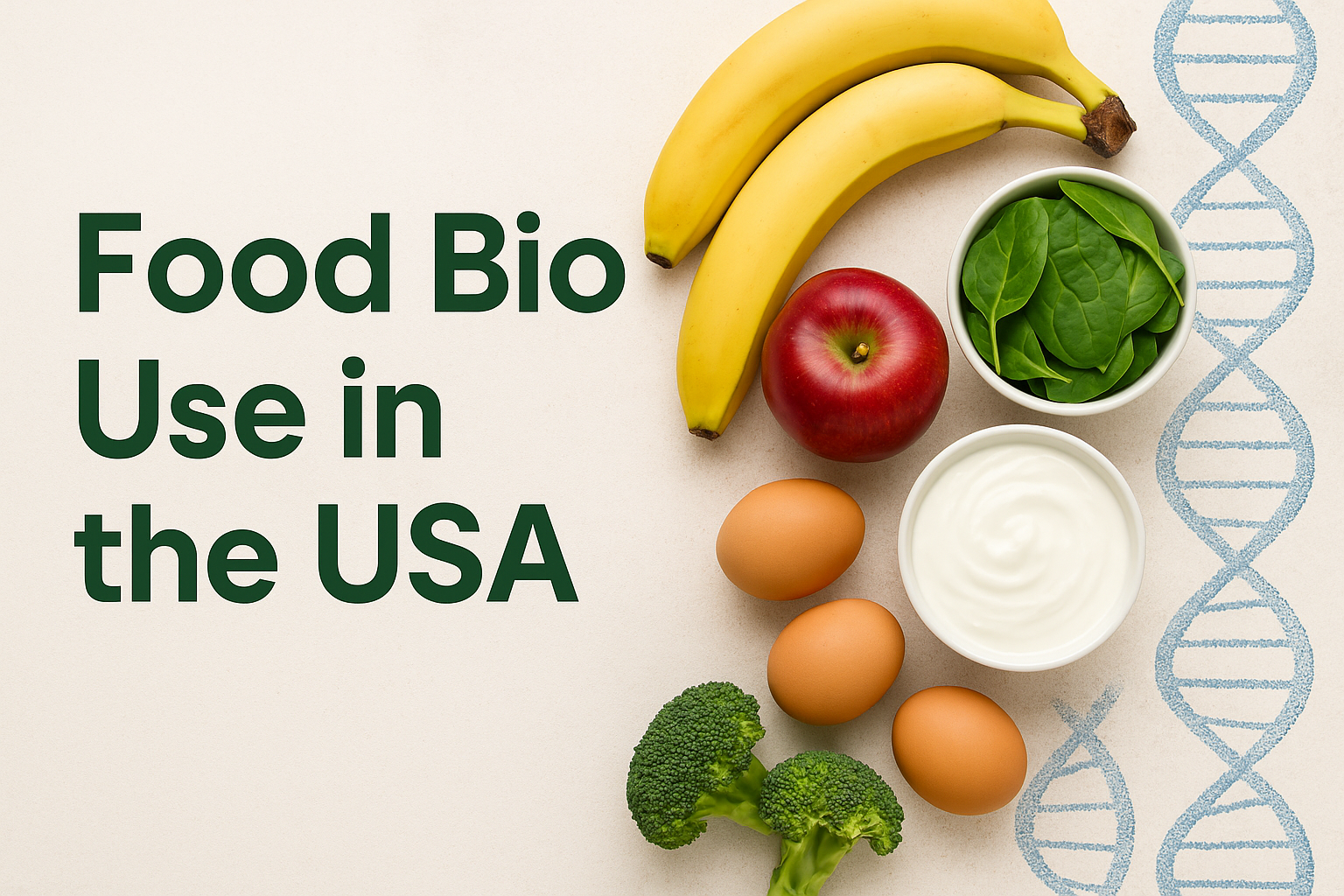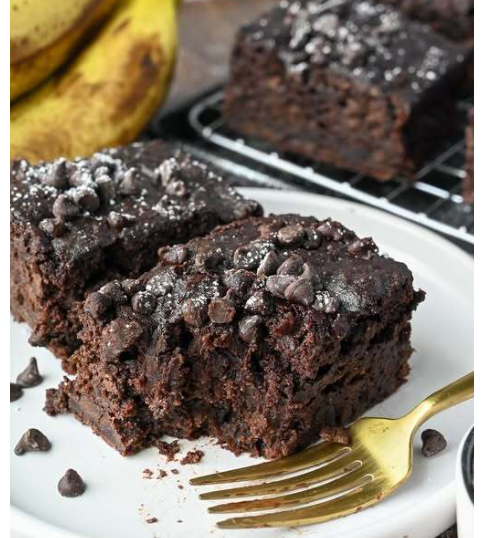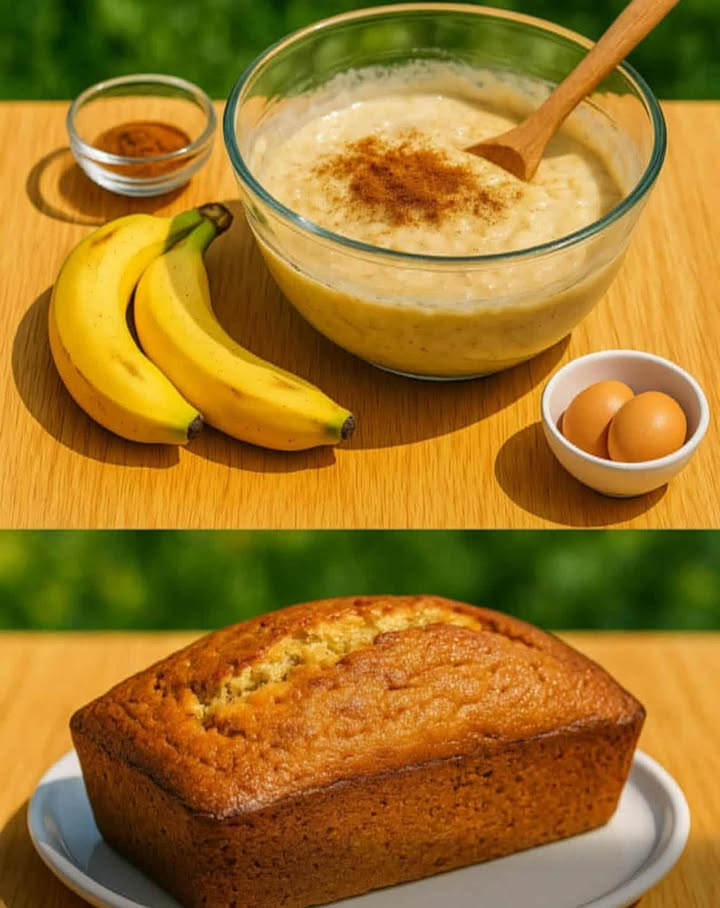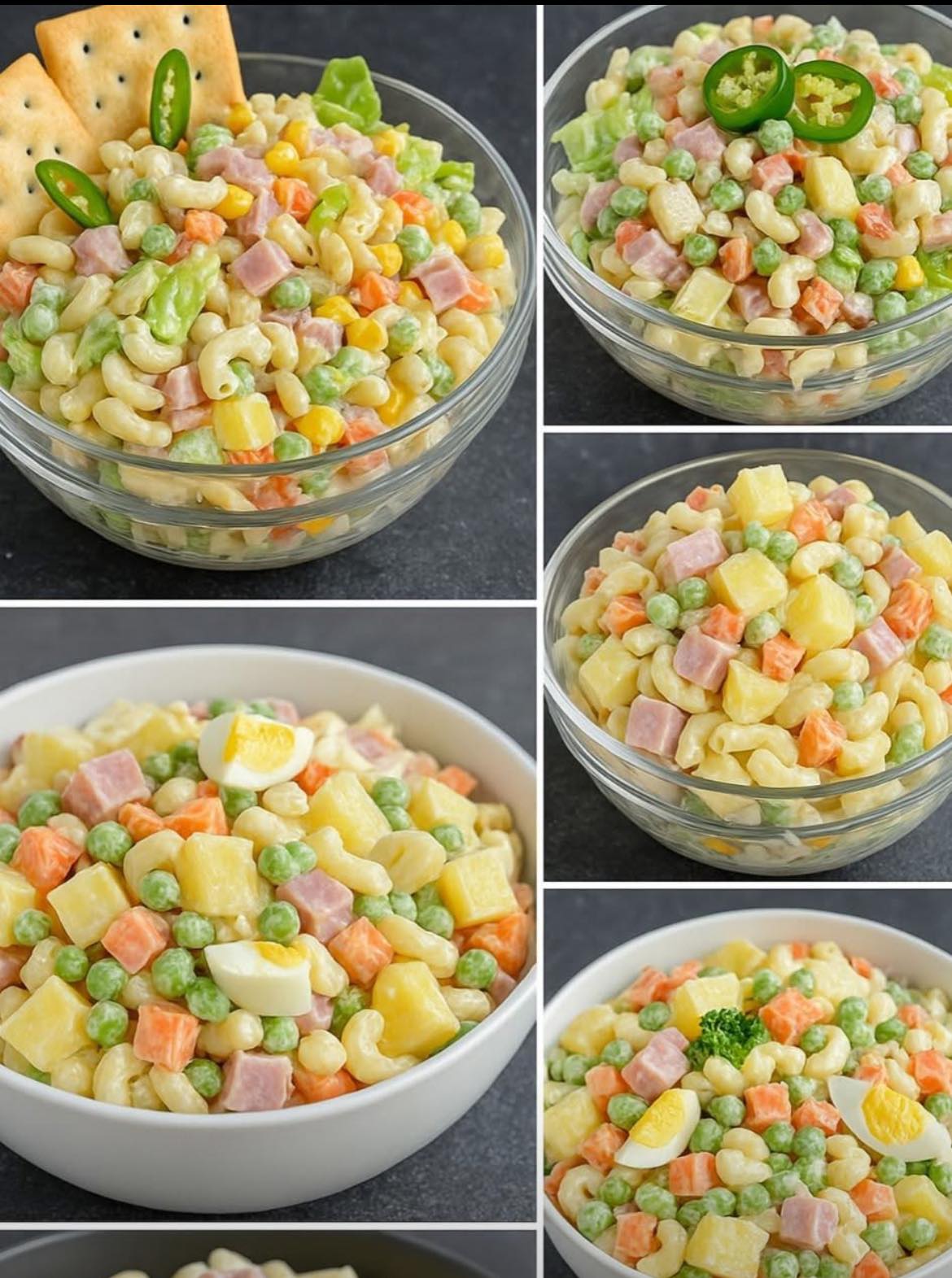Swing trading is a technique that has general application. Therefore it can be applied to the trading of any financial …


Swing trading is a technique that has general application. Therefore it can be applied to the trading of any financial …

Introduction Over the past three decades, the United States has witnessed a profound transformation in how food is produced, marketed, …

Ingredients Instructions Tips: Enjoy your festive baking!

This cake knows how to hit the sweet spot—literally. It’s rich without being overwhelming, quick to make, and just fancy …

Ingredients: Instructions: Optional Add-ins:

1. Sweet Ribs Ingredients: Instructions: 2. BBQ Meatballs Ingredients: Instructions: 3. Baked Beans Ingredients: Instructions: 4. Deviled Eggs Ingredients: Instructions: …

Ingredients: Instructions: 1. Prepare the pasta: 2. Combine the main ingredients: 3. Make it creamy: 4. Season: 5. Chill and …

Ingredients: Instructions: 1. Preheat the oven: 2. Cream the butter and sugar: 3. Add the egg yolk and vanilla: 4. …

Ingredients: Instructions: 1. Prep the vegetables: 2. Roast the potatoes, broccoli, and cauliflower: 3. Sauté the carrots and onion: 4. …

Ingredients: Instructions: 1. Activate the yeast: 2. Mix the dough: 3. Let the dough rise: 4. Shape and bake:

Ingredients: Dry Ingredients: Wet Ingredients: For frying: Optional toppings: Instructions: 1. Activate the yeast: 2. Mix the dry ingredients: 3. …